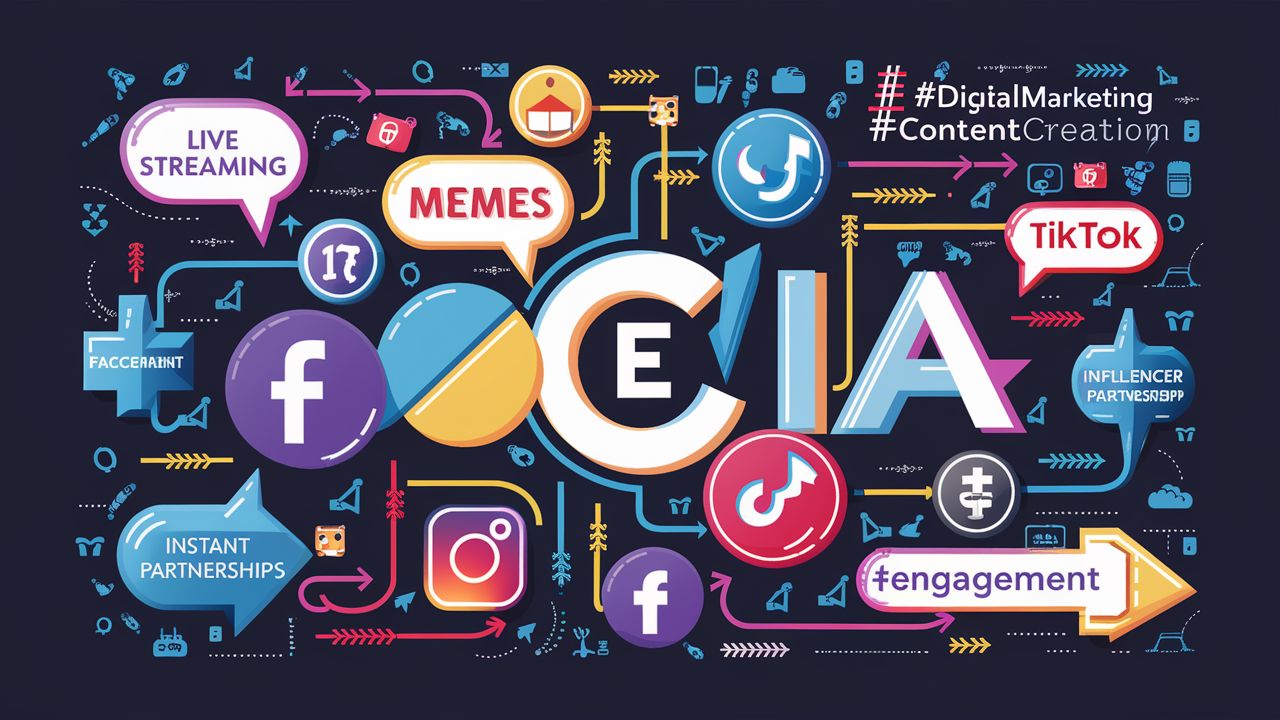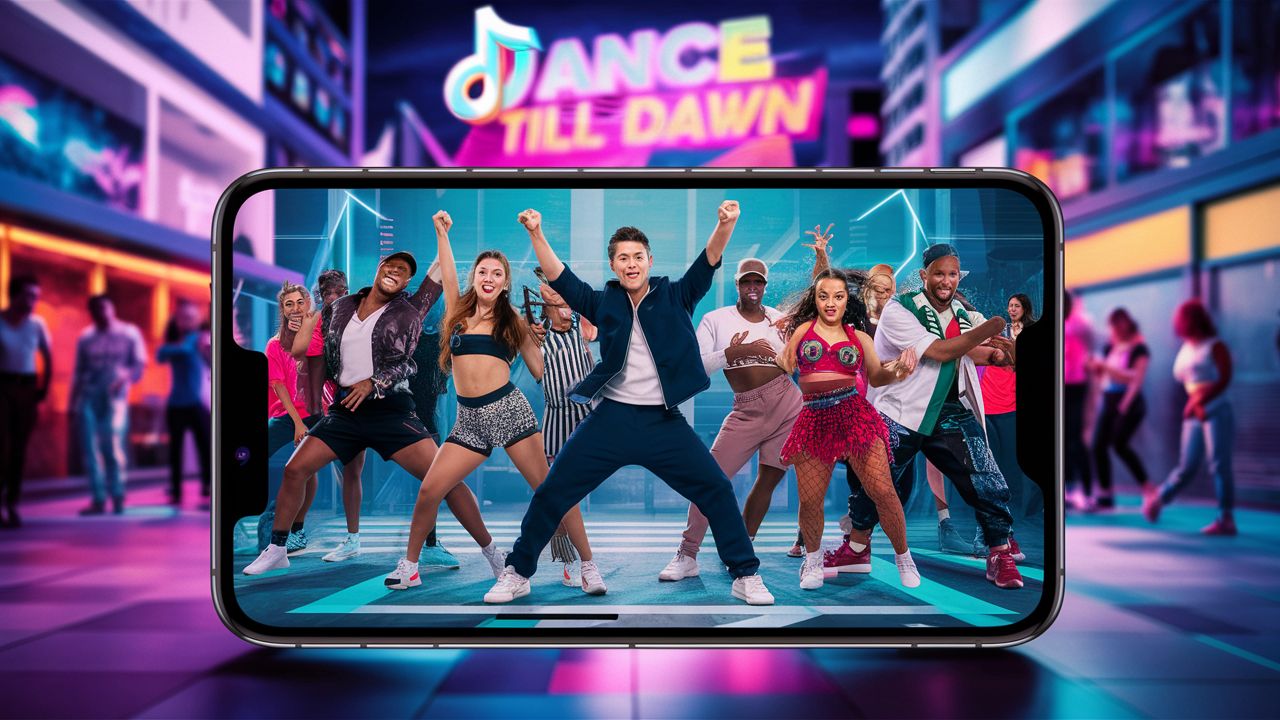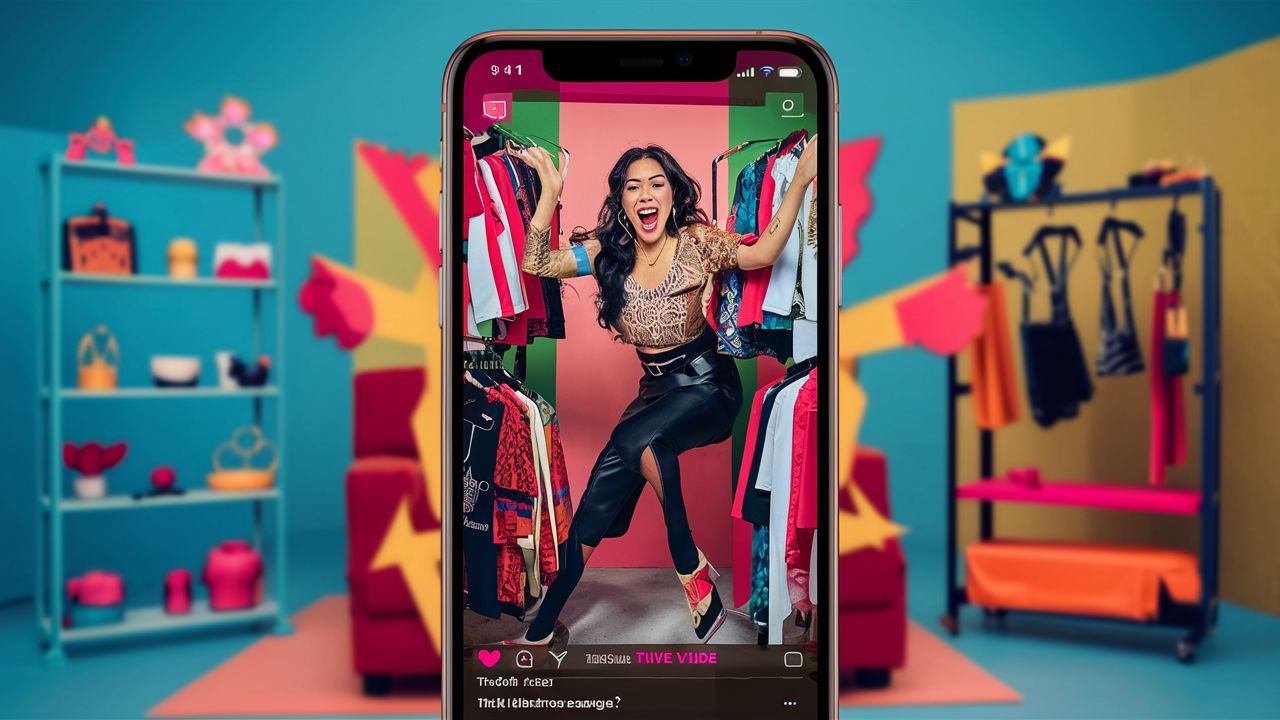Understanding the Top Social Media Trends in 2024
Published on 21.08.2024 by Chizoba T
Since social media platforms came into existence, there has been a constant change in how social media sites and users behave. A good example is Facebook, which started as a platform for friends to share updates and photos. With time, it turned into a video-sharing platform. It has now become more of an entertainment and ecommerce hub where creators share their videos and sell products on Facebook.
Other late entrants to the social scene have exploded in popularity, driving new social media trends. These include TikTok, which has led to the popularity of short videos. Similarly, Snapchat has resulted in the popularity of snap sharing. This is an indication that social media trends keep on changing and in 2024, we will continue to see tremendous changes in social media trends. This article will review the top trends to expect in 2024, 2025, and beyond.

Top 10 Social Media Trends in 2024
Based on our research and speaking with industry experts, these are the top trends we should expect in 2024.
The Impact of AI on Social Media
In 2022, we saw the breakthrough of AI technology and its massive adoption in various industries, including social media. According to a study by HubSpot, AI became such a hot topic that interest in the topic rose by 550% between 2022 and 2023. The interest even spilled over into social media. Further studies indicate that organizations are reporting doubling their use of AI on social media.
While AI has made creating social media posts easier, studies indicate audiences are losing interest in AI-generated content. While we will continue to see the use of generative AI in creating social media content, brands and marketers will need to rethink how to make their content authentic. This will not only be based on whether a human or AI created the content, but the brand experiences the content created for the customers.

Therefore, when using AI-generated content, brands must rethink whether it feels right, works, and reinforces the brand. Once they get these questions right, it will not matter whether their social media posts are made by humans or by bots. That said, there are a few ways in which brands can use AI. These are:
- Understanding their audiences and attitude towards AI. By deeply understanding their audience, it's easier for brands to gather insights on various factors such as their age, culture, interests, and geography.
- Understand the tasks to do themselves. While AI makes work easier for brands, it's still up to brands to determine the elements of social media that can be supported with AI and the aspects that require a delicate hand.
- Have an AI policy. Don't just use AI because it's available and makes work easier. Instead, you need rules and regulations to guide its use. That way, you can avoid unapproved posts and angry customers.
More Focus on Entertaining Content
For a long time, brands have focused on creating content that portrays them as serious brands. However, the popularity of platforms like TikTok that focus on entertainment proves that social media users are more interested in entertainment content.
According to a social trends survey conducted in 2024, many social media users suggest that they are searching for entertaining content that helps them unwind mentally. The studies also suggest that they are not interested in self-promotional content, which is a major turnoff for their brands' self-perception. A huge majority of them suggest that they love brands that are more relatable.

Unfortunately, many brands don’t realize this and post serious content on brand updates. That means a huge disconnect exists between social media users' wants and brands' posts. It's no wonder that brands are reporting a low ROI on investment. When brands don't offer their audiences what they are searching for, it will be hard for them to get a good ROI.
In 2024, brands must provide users with the content they need if they want to experience a good ROI on their investment. Focusing on entertaining content can get more views, engagement, and a larger market share. If you are wondering what we mean by entertainment, it is simply something that provides enjoyment. It could inspire your audience, get them excited, move them, or inform them.
When creating entertaining content, brands should focus on being relatable and interactive with their audiences. That way, the exchange of value should be a two-way street. Therefore, if you struggle to succeed with old-form content, it's time to focus on the different social media strengths. These are building long-term relationships, brand affinity, and brand awareness. You can do that by creating engaging and entertaining content.
There are several good reasons to create entertaining content. These include:
- Your audience’s desires. Avoid the mistake of assuming that you know what your audience needs. Instead, ask them through Q&As and polls to determine what they need. Try out different types and voice tones. When you realize what is working, tweak future posts. Keep testing and changing as you move on.
- Focus on long-term results. Remember that social media strategy should not be a one-day affair. Instead, use it to build brand equity, which can take time. Avoid hard-selling, as many users aren't interested in that content.
- Focus on social relationships. Determine if the engagement level will go beyond your bigger business goal. This will give you a higher purpose based on authentic relationships and customer values.
Therefore, entertaining content will help increase your following on social media sites such as Facebook or Instagram.
Focusing on their Core Platforms
A common mistake that brands make is assuming that the best social media platforms are the biggest. This can have a negative result, especially because it can be hard for brands to maintain a presence on multiple networks. Therefore, the best platform for a brand should be where its audience is.
So, what are some of the reasons why brands find it hard to be active on different platforms? One of the reasons is that each platform has its unique content, and therefore, they need to be active on each platform. Their social content must be tailored to the unique hashtags, trends, lingos, visual specs, and word counts. Besides, platforms keep changing regularly by releasing algorithm updates, new advertising, and user features. Therefore, most users suggest that they find it hard to keep up even though the average social media user is on seven platforms.

That means in 2024, organizations will likely focus on the platforms where they get the highest ROI instead of being everywhere and wasting their time and resources. For instance, while most brands have an X presence, many suggest that the platform doesn't offer them good value for money. That notion is supported by the fact that in 2023, X noted a 7% drop in the number of brands using it. On the other hand, if Instagram marketing is giving you better results, you can focus more on it.
Therefore, in 2024, brands will likely focus more on strategies and platforms that provide a good ROI. They will likely resist the urge to be on every platform. Instead, they will focus more on platforms where their audiences are and that are providing them with a good ROI. Some of the brave brands will even abandon some platforms. After all, becoming a master of one platform will likely provide better results than being on so many.
Here are ways in which brands can declutter their social media platforms:
- Perform a social media audit. Unless you can carry out an audit, it can be hard to determine what is working and what isn’t. You can then use this information to create a good social media strategy.
- Research the ROI. Calculate each platform's ROI to determine which platforms to stick to and which to avoid. That way, you will easily find the channels that aren't working. If you find one with a positive ROI, consider sticking with it. However, if others are showing great chances of growth, you can give them a chance.
- Consider crossposting. While cross-posting works, avoid the direct copy-and-paste method. Instead, align your content with each channel’s format, norms, and best practices.
The Growth of Social Commerce
A growing trend involves buying products and services on social media. This can be seen in hashtags such as #TikTokMadeMeBuyIt, which became extremely popular. This is proof of the growth in popularity of social commerce, and it's one of the growing trends to watch in 2024.

In the recent past, we have seen ecommerce platforms pushing the trend, with TikTok Shop officially launching in the U.S. This is on top of others, such as Facebook Shop. In 2024, we will see an increase in interactive shopping and live streaming; therefore, the trend will likely continue.
Live shopping events that combine instant purchasing with entertainment enable brands to connect engagingly. Therefore, it's time to start if you are not taking advantage of social commerce. Here are the top tips for succeeding with social commerce:
- Create a content strategy.
- Focus on building trust and authenticity.
- Focus on your long-term goals.
- Use social search.
The Demand for Authentic and Behind-the-scenes Content
Social media users are showing a demand for behind-the-scenes content as they seek brands that prove themselves to be more transparent about their business values and practices on social media. Some of the details consumers are interested in seeing are diversity, labor practices, company leadership, environmental responsibilities, and investor relationships.
One way in which you can reveal more about your brand and product to your customers is by revealing your behind-the-scenes videos. Such video shows the process and elements that allow your audience to see your products in a different light.

Conclusion
If you want to grow your brand, you need to understand the latest social media trends. This will help you know the right steps to take your brand to the next level. By understanding the above social media trends, you can easily stay on top of your social media game and get more followers on sites such as Twitter, Instagram, and TikTok.